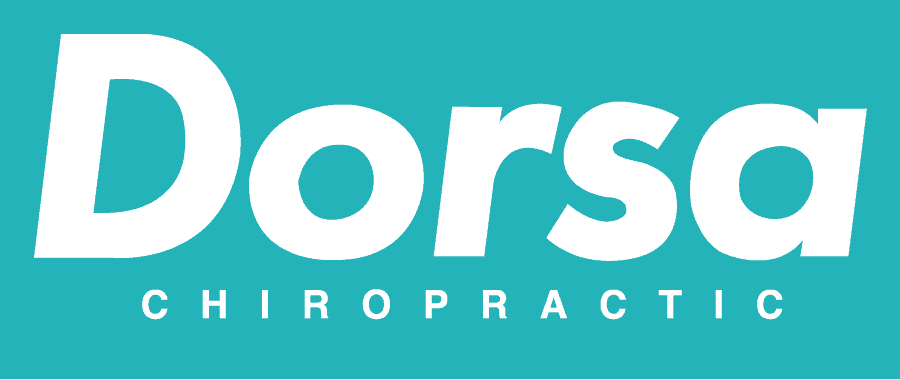Lymphatic drainage massage, a specialized therapeutic technique, focuses on stimulating the lymphatic system to promote the natural flow of lymph fluid throughout the body. With gentle, rhythmic strokes, this massage modality aims to enhance lymphatic circulation, reduce fluid retention, and support the body’s detoxification processes. In this exploration, we delve into the techniques, benefits, and considerations that define lymphatic drainage massage.
The Core Techniques:
- Light, Rhythmic Strokes:
- Lymphatic drainage massage employs gentle, rhythmic strokes that follow the natural flow of the lymphatic system.
- The light pressure is crucial to avoid stimulating blood circulation, as the focus is on the lymphatic vessels just beneath the skin.
- Sequential Movements:
- The therapist uses sequential movements to encourage the directional flow of lymph, moving from proximal to distal areas of the body.
- This helps prevent stagnation and ensures the efficient drainage of lymphatic fluid.
- Stationary Circles:
- Circular, stationary motions may be applied to specific lymph nodes to activate the lymphatic vessels in those areas.
- This technique targets localized swelling and promotes optimal lymphatic function.
- Manual Lymphatic Mapping:
- Therapists may perform manual lymphatic mapping to identify areas of congestion or blockages in the lymphatic system.
- This allows for a more targeted and effective application of massage techniques.
- Pulsing or Pumping Motions:
- Pulsing or pumping motions are used to mimic the natural contractions of lymphatic vessels, aiding in the movement of lymphatic fluid.
- These motions enhance the efficiency of the lymphatic drainage process.
Benefits of Lymphatic Drainage Massage:
- Reduced Edema and Swelling:
- Lymphatic drainage massage is highly effective in reducing edema and swelling, making it beneficial for individuals with lymphedema or post-surgical swelling.
- Detoxification and Immune Support:
- By enhancing the removal of waste and toxins from the body, lymphatic drainage massage supports the body’s detoxification processes.
- The improved lymphatic circulation also contributes to a strengthened immune system.
- Enhanced Healing After Surgery:
- Lymphatic drainage is often recommended post-surgery to reduce swelling, promote tissue healing, and prevent complications such as fibrosis.
- Alleviation of Chronic Fatigue:
- Individuals experiencing chronic fatigue or feelings of sluggishness may benefit from lymphatic drainage, as it promotes a sense of vitality and improved energy flow.
- Improved Skin Health:
- Lymphatic drainage massage can enhance the appearance of the skin by reducing puffiness, promoting a healthy complexion, and encouraging a clearer complexion.
Considerations:
- Individualized Approach:
- Lymphatic drainage massage should be tailored to the individual’s specific needs and health condition.
- Conditions such as active infections, acute inflammation, or certain medical conditions may require careful consideration and consultation with a healthcare professional.
- Hydration:
- Adequate hydration is essential before and after lymphatic drainage massage to support the efficient elimination of toxins and optimize the benefits of the session.
Lymphatic drainage massage stands as a gentle yet potent therapeutic technique, offering a pathway to reduced swelling, improved immune function, and overall well-being. Rooted in the intricate dance of the lymphatic system, this massage modality showcases the profound impact of targeted touch in supporting the body’s natural processes. As individuals seek holistic approaches to health and vitality, lymphatic drainage massage emerges as a valuable ally on the journey to enhanced well-being.

